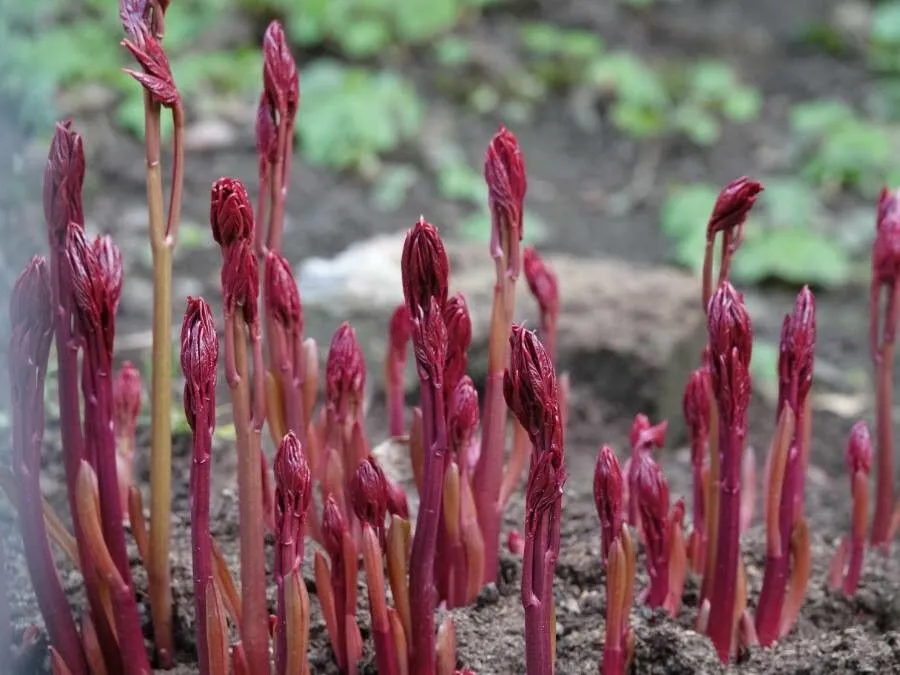
Author: Raf.
Bibliography: Amer. Monthly Mag. & Crit. Rev. 2: 119 (1817)
Year: 1817
Status: accepted
Rank: species
Genus: Corallorhiza
Vegetable: Unknown
Observations: SE. Alaska to U.S.A.
The Summer Coralroot, scientifically known as Corallorhiza maculata, is a fascinating species within the Orchidaceae family. Described by Rafinesque in the American Monthly Magazine and Critical Review in 1817, this plant has captured the interest of botanists and nature enthusiasts alike for over two centuries.
Native to a broad range from Southeastern Alaska to the United States, the Summer Coralroot is specially adapted to thrive in diverse environments. What makes this orchid particularly intriguing is its unique lifestyle as a mycoheterotroph – a plant that derives nutrients from a symbiotic relationship with fungi rather than through photosynthesis, which is typical of many other plant species.
The Summer Coralroot is typically found in forested areas where it has access to its fungal partners. These fungi form a mutualistic relationship with nearby trees, transferring nutrients back to the Coralroot, which lacks the green chlorophyll common to most plants because it does not engage in photosynthesis.
This orchid is characterized by its striking appearance. The stems are generally tall and slender, adorned with small, spotted flowers that can range in color from white to reddish. These spots are one of its notable identifying features.
Blooming during the summer months, the Summer Coralroot adds a touch of delicate beauty to the forest floors it inhabits. It plays a unique ecological role, contributing to the intricate web of forest life by participating in the nutrient cycles facilitated by its fungal partners.
In summary, Corallorhiza maculata, or Summer Coralroot, is a unique non-photosynthetic orchid renowned for its symbiotic relationship with forest fungi. It is a testament to the diverse strategies plants employ to survive and thrive in their environments.
Eng: spotted coralroot, summer coralroot, large coralroot
Fra: corallorhize maculée
En: Summer Coralroot, SPOTTED CORALROOT, Large coralroot
Zh: 斑點珊瑚蘭
Fr: Corallorhize maculée
Taken Apr 9, 2021 by Annemarie Ahrens-Stehle (cc-by-sa)
Taken Aug 6, 2021 by e k (cc-by-sa)
Family: Myrtaceae Author: (F.Muell.) K.D.Hill & L.A.S.Johnson Bibliography: Telopea 6: 402 (1995) Year: 1995 Status:…
Family: Rubiaceae Author: Pierre ex A.Froehner Bibliography: Notizbl. Bot. Gart. Berlin-Dahlem 1: 237 (1897) Year:…
Family: Sapindaceae Author: Koidz. Bibliography: J. Coll. Sci. Imp. Univ. Tokyo 32(1): 38 (1911) Year:…
Family: Asteraceae Author: A.Gray Bibliography: Pacif. Railr. Rep.: 107 (1857) Year: 1857 Status: accepted Rank:…
Family: Fabaceae Author: Medik. Bibliography: Vorles. Churpfälz. Phys.-Ökon. Ges. 2: 398 (1787) Year: 1787 Status:…
Family: Aspleniaceae Author: (Cav.) Alston Bibliography: Bull. Misc. Inform. Kew 1932: 309 (1932) Year: 1932…